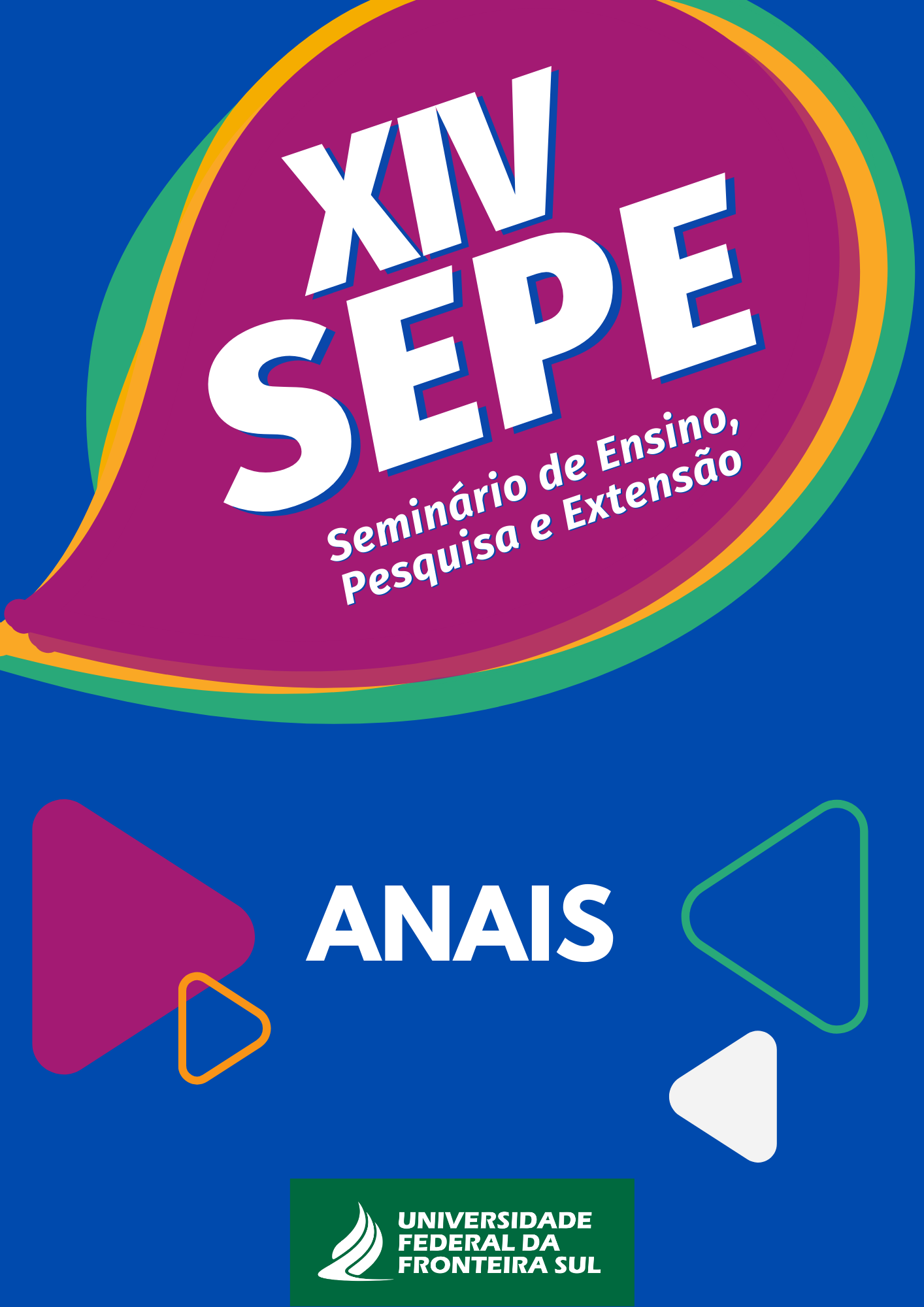CAPTURE STRESS IN A WILD FIELD FLICKER (COLAPTES CAMPESTRIS) FOLLOWING CORACOID FRACTURE
Palavras-chave:
Sudden death, Avian, Wild, WoodpeckerResumo
In May 2025, a field flicker (Colaptes campestris) was admitted to the Wildlife Care Service at UFFS, Brazil, following a collision with a residential window. Clinical evaluation revealed a complete, closed, long oblique fracture of the proximal coracoid. Supportive treatment included analgesics, anti-inflammatory and opioid therapy, wing immobilization, and hospitalization in a controlled environment with minimized external stimuli. Despite appropriate management, the bird died within 24 hours. This case underscores the extreme physiological susceptibility of birds to stress. In avian species, capture, handling, and abrupt environmental changes simultaneously activate the sympathetic nervous system and the hypothalamic-pituitary-adrenal axis, resulting in massive catecholamine release and elevated corticosterone levels. These responses induce tachycardia, hypertension, hyperventilation, metabolic imbalance, and immune suppression, predisposing individuals to complications such as arrhythmias, respiratory alkalosis, capture myopathy, and sudden death. The findings emphasize the critical role of stress as a prognostic factor and the importance of species-specific physiological knowledge to optimize avian clinical management and rehabilitation strategies.
Downloads
Publicado
Edição
Seção
Licença
Copyright (c) 2025 Mel Takazono Lemes, Marina Marangoni, Ana Letícia Rodrigues Marques, Nicole Wirschke de Azevedo, Andriel Gustavo Felichak, Ademar Francisco Fagundes Meznerovvicz, Emanuel Caon, Paulo Henrique Braz

Este trabalho está licenciado sob uma licença Creative Commons Attribution-NonCommercial 4.0 International License.



